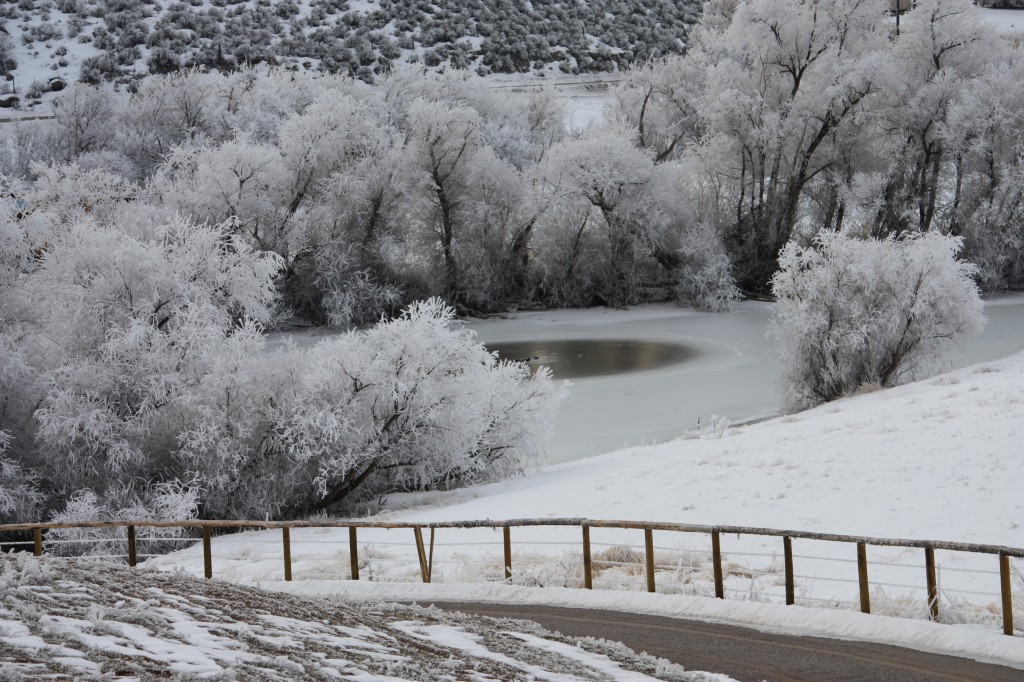
Nearly every winter a high pressure zone settles over southern Idaho for weeks at a time. Warm air pushes the cold air down, holding it captive in the valleys and foothills. For weeks we endure living in a cloud of freezing fog without sunlight or significant visibility. On a normal year, our farmstead usually manages to be just above the blanket of grey, but this year it has creped to higher elevations holding us captive in its gloom. Timber Butte rises only three hundred yards behind our barn and yet we haven’t seen much of it for nearly a month now. Weather like this makes the world feel small and dampens any desire to work outside. Emotions easily become melancholy and the avoidance of cabin fever is a discipline. Everything here has become coated with delicate crystals and ice, creating a world that looks as if the White Witch from Narnia has won back the kingdom. Every blade of grass, every tree limb and twig has attracted a thin coat of frost leaving the landscape crystallized and white. Strands of barb wire have grown day by day with their coats of frost, reaching up to two inches in diameter. Today the cloud lifted for a short time exposing a landscape of icy beauty, giving us a glimpse of the surrounding mountains, assuring us of their unchanging presence. It was comforting and refreshing, for as the cloud lifted so did our emotions. When I think of sustainability, my mind generally gravitates to issues of food sources and production, the availability of fresh water, renewable energies and endangered species. There is no question that these are critical matters, but the human psyche can not be overlooked as a critical piece of the discussion. When people loose hope, they loose the vision that often accompanies it. As a result, motivation for positive change and the energy to tackle social and environmental challenges diminish.
Humans are made up of body, soul and spirit and not one of these three parts can be ignored in the quest of sustainability. Lately, I have been privileged and somewhat surprised to be invited to write for secular publications, such as the Huffington Post, that have asked me to bring the spiritual facet to topics of sustainability and green living. More and more leaders of environmental change are realizing how crucial these emotional and spiritual components are. That is, if any good thing is going to flourish and if real change is going to last.
Living in seasons of gray tends to diminish hope and derail human motivation. Our country is presently in a time of dreariness on many fronts. People are faced with an unclear economic future that is simulating fear, resulting in knee-jerk reactions. Without faith to believe that God is aware of the problems that threaten us, and the knowledge that He is in control, the uncertainty of our future could become all consuming and defeat us. Psalm 121 reads, “I lift my eyes up to the hills – where does my help come from? My help comes from the Lord, the Maker of heaven and earth.” When all is grey around us and our vision of the hills is lost behind the fog, it is our faith that assures us that they are still there. It is that solid belief that sustains us in seasons of grey, knowing that the sun will shine again. It is our spiritual stability that keeps our feet planted solid in every season, our hope alive and our motivation for the pursuit of reformation moving forward.

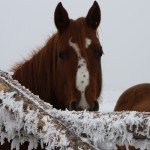
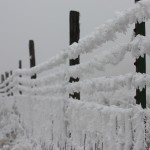
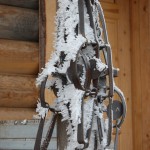
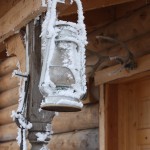
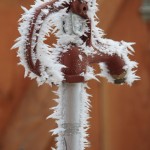
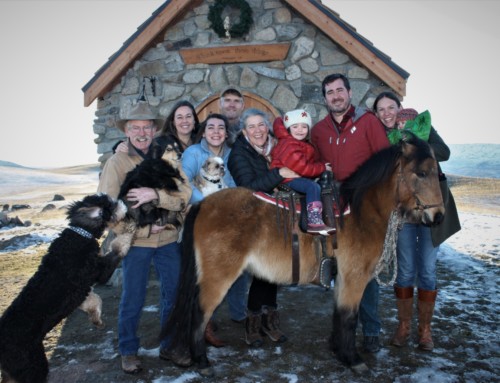
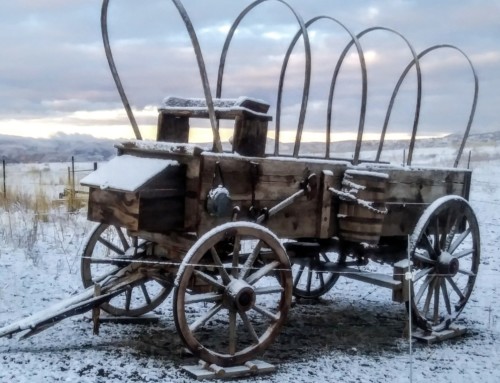
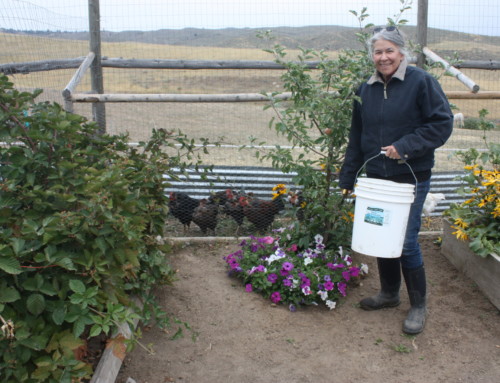
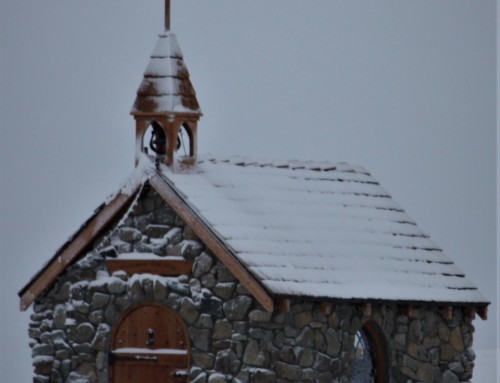
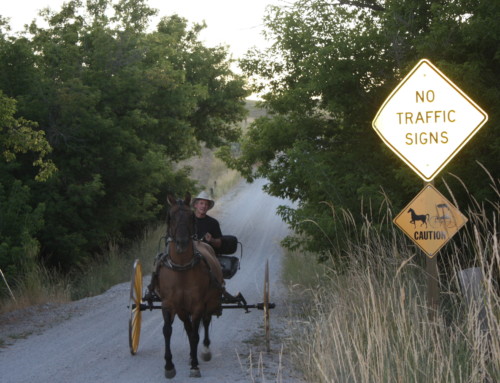
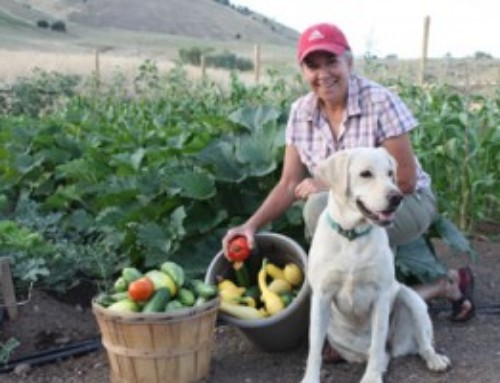
Leave A Comment
You must be logged in to post a comment.